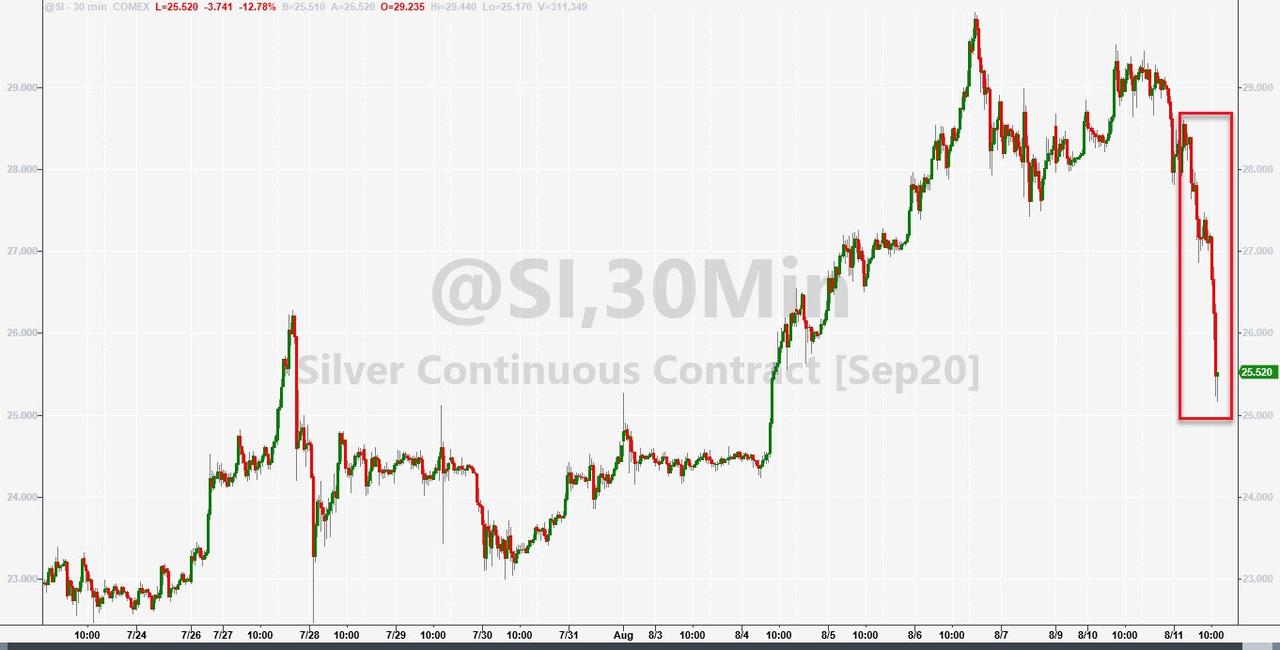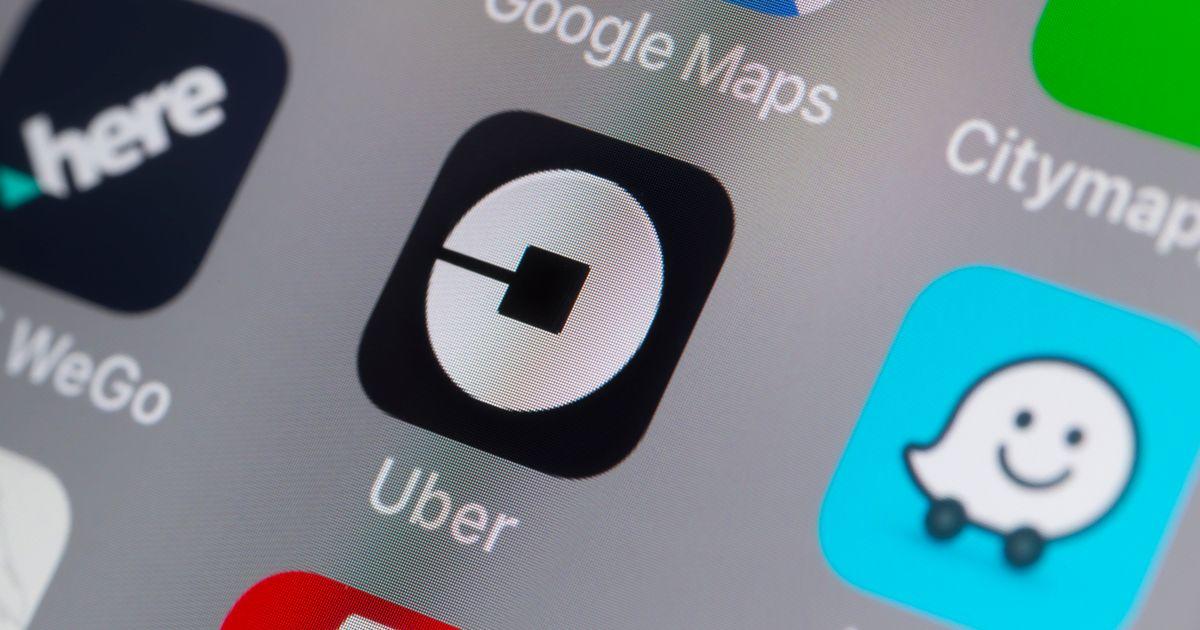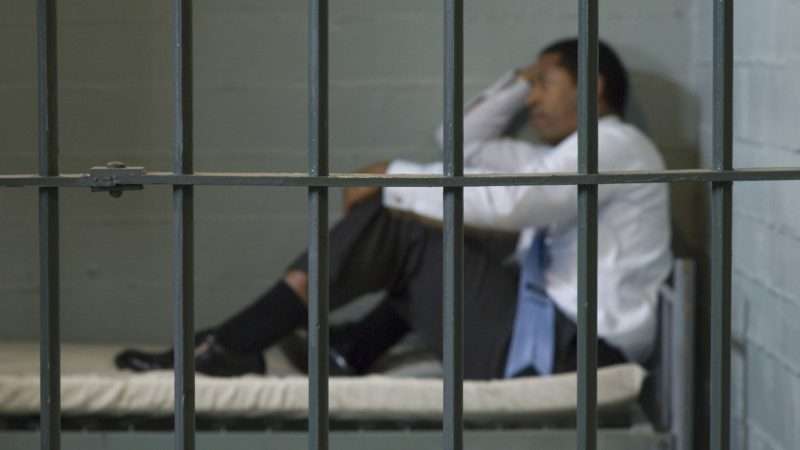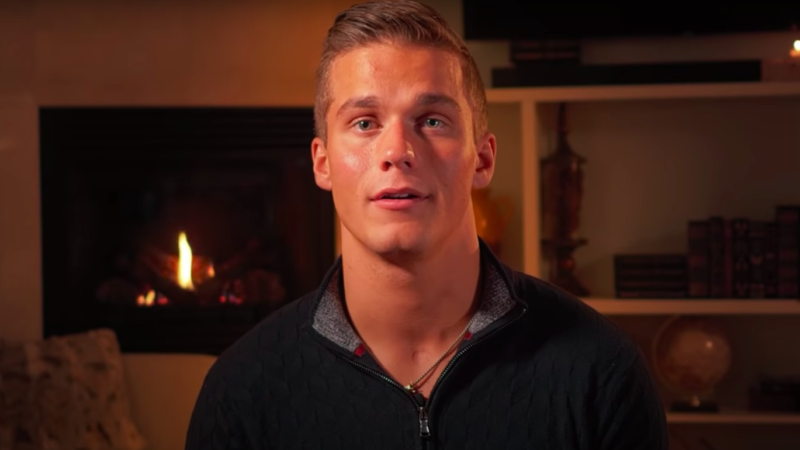California voters will decide this fall whether they’ll embrace a criminal justice reform movement to stop using cash bail to determine whether people who are charged with crimes remain detained in jail.
Complicating the vote is an unusual coalition of opponents: insurers and bail bond companies that would lose their businesses entirely and civil rights and criminal justice groups who fear that the solution may end up being worse than the problem.
Proposition 25 eliminates cash bail in California entirely. Instead, people who have been arrested would be assessed for risk and released under various monitoring conditions. If deemed an unresolvable flight or public safety risk by a judge, they would be detained in jail until at least an arraignment.
The goal is to create an environment where access to money is not what determines whether a person remains in jail (or not) prior to his day in court. The goal itself is laudable—demanding money as a condition of freedom often has the impact of punishing people, particularly poor people, simply for being charged with a crime regardless of guilt or whether they are convicted. Cash bail often requires that these people and their families turn to bail bondsmen to cover the costs, which requires paying a percentage that they’ll never get back. Otherwise, they’re stuck in jail because they cannot afford bail, and studies show that folks in this situation often end up accepting harsher plea deals and receiving longer sentences than those who are able to contest their charges unincarcerated.
California’s legislature actually already passed these very reforms that eliminated cash bail in 2018; S.B. 10 was signed into law by Gov. Jerry Brown in August of that year. But then the bail bond industry bankrolled a successful signature-gathering effort to push the reform to a ballot referendum, halting its implementation until the voters decide whether to accept it.
Organizations like the American Civil Liberties Union (ACLU) and other criminal justice reform advocates had originally been heavily involved in the shaping of S.B. 10, but in the middle of the process, the state’s judges got involved and adjusted the bill so that it gives them much more influence over what happens to defendants once cash bail has been removed. Judges will get a lot more say in deciding what sort of mechanisms would be used to determine who will be freed, how many hoops those people will have to jump through to remain free, and, most importantly, who will remain behind bars. These changes prompted the ACLU and other organizations to withdraw their support for S.B. 10 and oppose its passage. (The ACLU of Northern California did not respond to requests for comment by the time of publication.)
Dissatisfied California reformers can look to New Jersey, which has eliminated cash bail, as an example. In that state, judges still decide which people who have been arrested can be released, but the system simulates an adversarial court environment where a prosecutor presents the argument and the defendant is represented by an attorney. The pretrial courts operate on the presumption that the defendant will be released; it’s up to the prosecutor to make the case that a defendant is dangerous or a flight risk.
California’s proposed reforms give judges more leeway in release conditions and pretrial detentions, so many reform advocates believe this will not result in more defendants actually getting released from pretrial detention. Imagine a situation where a judge won’t release you under monitoring conditions, but you cannot put up money as a bond and promise to return to court. The big fear is that California’s bail reforms could actually leave more people behind bars.
Proposition 25 has resulted in an odd split between California’s Democratic political power structure and many of its progressive activists: The California Democratic Party supports its passage, as do many of the state’s top unions and prominent politicians. Meanwhile, the California wing of the NAACP has come out against Prop. 25 and Human Rights Watch recently called for voters to reject the measure.
Alice Huffman, president of California’s NAACP, said in a statement that the courts will “be even more discriminatory against African-Americans, Latinos and other minorities. Computer models may be good for recommending songs and movies, but using these profiling methods to decide who gets released from jail or who gets a loan has been proven to hurt communities of color.”
Her criticism refers to the use of risk assessment tools to help advise the court system on pretrial decisions. In New Jersey, courts use a pretrial assessment tool that scores a defendant’s risk based mostly on their criminal background and history of cooperation with the court—it doesn’t use demographic factors like race, ZIP code, or employment status. With the exception of age (younger defendants are more likely to miss court dates), the assessment is based entirely on a defendant’s past actions.
Opponents of assessment tools broadly fear that biases present in policing will continue to be perpetuated in a system that’s so heavily based on a defendants’ previous arrests. Proponents, meanwhile, note that these tools are supposed to assist the courts, not serve as a replacement for making thoughtful decisions about release.
It’s not yet clear how some of the crime spikes due to this summer’s unrest might influence the campaign. The anti-Prop. 25 campaign is attempting to perpetuate the argument that New York’s recent bail reforms have led to a crime increase there, a claim that is unsupported by the data.
But the outcome of this ballot referendum is hardly dependent on whose data is better. Bail reform elsewhere has mostly taken place in environments where crime had been trending downward in a way that was easy to perceive and explain. Now, we’re seeing a spike in some violent crimes in big cities, particularly homicides and gun-related crimes, even as other crimes continue to decline. While it’s not logical to pin that blame on bail reform absent data that links it, that doesn’t mean the reform movement won’t pay the price.

from Latest – Reason.com https://ift.tt/30N4DUT
via IFTTT













